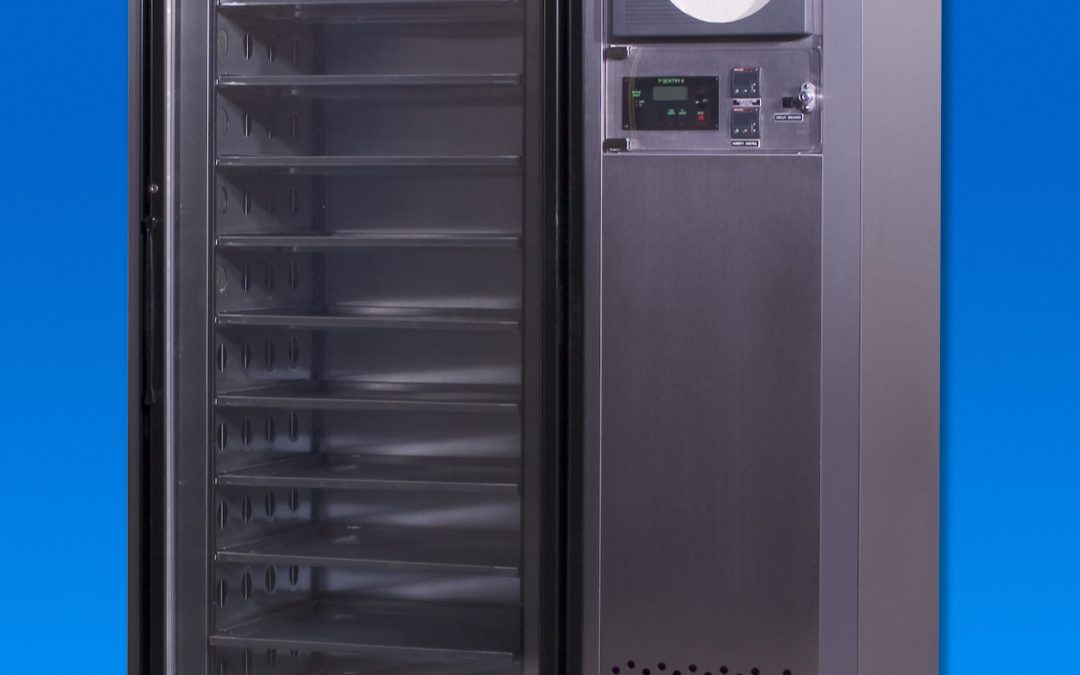The development of pharmaceuticals is a lengthy ordeal. Large amounts of time and money are devoted to the process of testing the efficacy of a new drug in patients. However, it is also important to test that the drug will remain effective after it has spent several months sitting on the shelf in a pharmacy. Standards and practices are necessary to make sure that medications are comprehensively tested for potency under long-term and potentially stressful environmental conditions.
The International Council for Harmonisation (ICH) is the international body that develops these standards. The ICH was formed in 1990 to fill the need to have a unified process for evaluation of new medical products between Europe, Japan, and the United States. Their goal is to provide “recommendations towards achieving greater harmonisation in the interpretation and application of technical guidelines and requirements for pharmaceutical product registration, thereby reducing or obviating duplication of testing carried out during the research and development of new human medicines.”
Their standards for the pharmaceutical industry are focused on preserving the quality, safety, and efficacy of new medicines during development and testing. The quality standards focus on guidelines for the testing of new drugs, specifically stability testing: the long term testing of products and packaging to verify that it will be shelf-stable and/or determine what degradation products are created under stressful conditions. The testing process involves placing a product and its packaging in controlled storage conditions to test its thermal stability and sensitivity to moisture.
The environmental requirements of stability testing vary depending on the duration of the study. Some of the required conditions specified by the ICH are as follows:
| Study Type | Storage Condition |
| Long-Term | 25°C ± 2°C/60% RH ± 5% RH or 30°C ± 2°C/65% RH ± 5% RH |
| Intermediate | 30°C ± 2°C/65% RH ± 5% RH |
| Accelerated | 40°C ± 2°C/75% RH ± 5% RH |
| Accelerated (for refrigerated storage) | 25°C ± 2°C/60% RH ± 5% RH |
Of course, there are applications for stability chambers outside the pharmaceutical industry as well. Nutraceutical companies also need to perform shelf-life testing to determine long-term stability of new vitamin and supplement products. Cosmetics products also undergo these types of shelf-life stability testing. Food and beverage companies also have purchased Powers Scientific stability chambers to test the storage life of their products.
Powers Scientific offers stability chambers designed to provide controlled temperature or temperature and humidity testing environments. Our temperature and humidity stability chambers can operate at temperature ranges from 20-50°C ± 0.5°C and humidity ranges from 50-80% RH ± 2% RH. Therefore, they are capable of operating at or beyond any of the ICH storage conditions listed above. Our chambers are custom-built to each customer’s needs, and we test each unit at the requested operating setpoints at our factory before shipping, to be certain they will pass the mapping protocol.
Each stability test chamber includes a chart recorder to record parameter variations and an alarm to monitor chamber performance. Conditioned air flows horizontally through louvered portholes that balance air pressure for even distribution across each tray, allowing the required setpoints to be met at all points in the chamber. Ten levels of stainless steel lipped trays offer 37.5 or 75 square feet (3.5 or 7 square meters) of storage space for products to be tested, depending on the size of the stability chamber. The stainless-steel cabinet has heated double-glass doors for quick product identification to minimize door-ajar disruptions. Both the chamber door(s) and control panel are lockable.
For more information on our stability chambers, see our product page or contact us to request a price quote.

